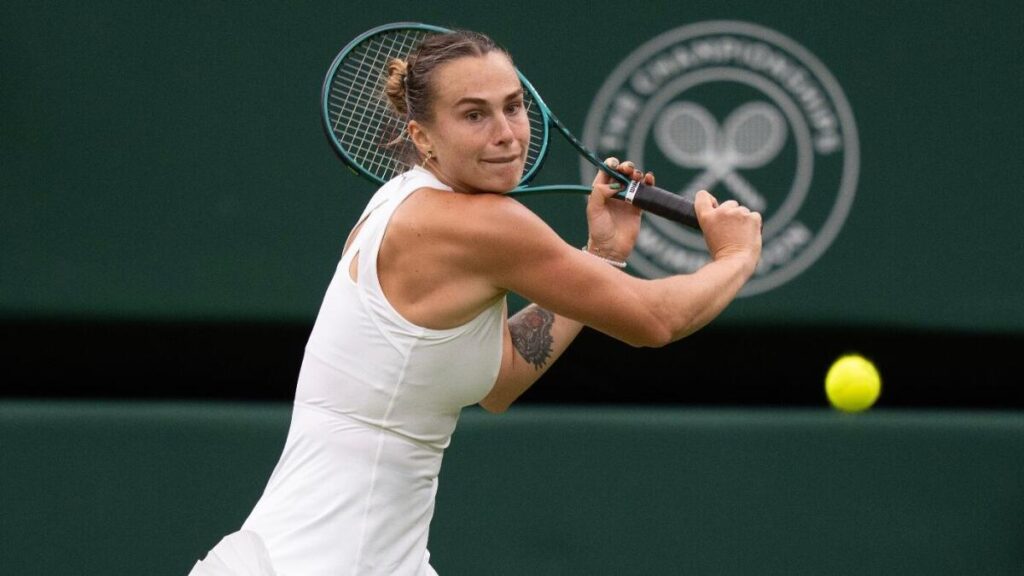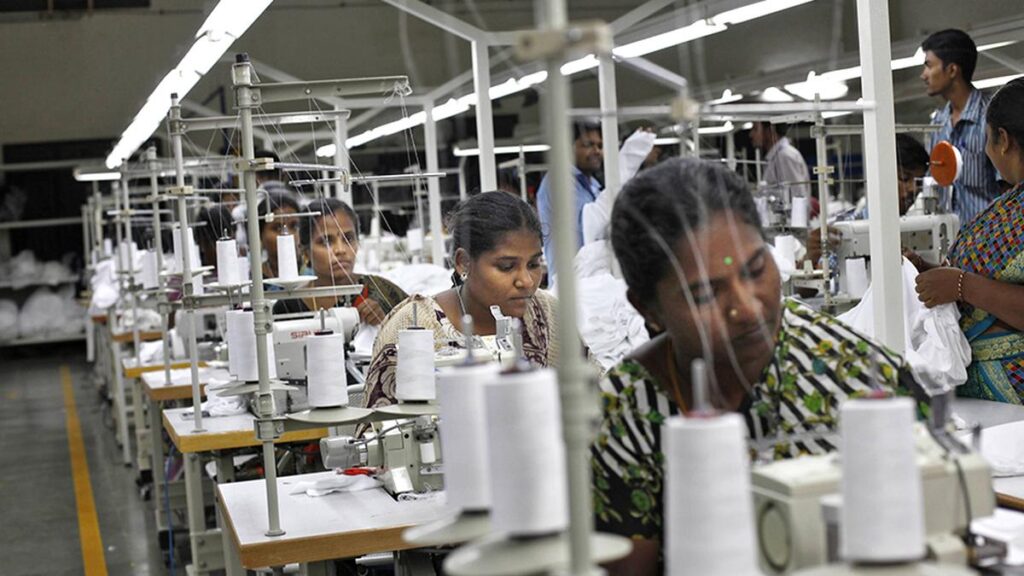In the last 30 days, a player has vomited on the field, spectators have collapsed in the stands, and matches have been interrupted. British tennis player Cameron Norrie has called it “a shock to the system”. Pep Guardiola, the Manchester City manager, pushed his players to “suffer”, and Atletico Madrid midfielder Marcos Llorente was even more specific in describing his sufferings: “My toenails were hurting.”
Around the world, athletes are facing a new opponent: heat. On the football field, on tennis courts and the scenic — yet daunting — cycling routes.
Indeed, the challenges posed by rising temperatures aren’t a one-month-old phenomenon. In September 2023, Russian tennis star Daniil Medvedev blurted out on court in frustration during his US Open quarterfinals in extreme humidity that “one player is going to die”.
Two years on, another tournament in the US has put more spotlight on the impact of climate change on sports and sportspersons. At the FIFA Club World Cup, which concluded last Sunday, matches were played even as the US was swept in a heatwave. It raised concerns over the well-being of players and spectators and severely impacted the quality of play, given that the heat slowed down the pace.
Across the pond in England, things weren’t too different at Wimbledon which saw nearly half a dozen matches experiencing disruptions due to heat. “Everything is being affected by this, and every sport venue is affected,” environmental scientist Allan Hershkowitz, who has worked with professional teams in the US, told The New York Times.
How will future events be impacted
In his foreword to a report published by The British Association for Sustainable Sport last year, World Athletics president Sebastien Coe warned that “with global temperatures continuing to rise, climate change should increasingly be viewed as an existential threat to sport”.
The rising temperatures — recorded mostly in the months of June and July — will be viewed as a threat, more so for the two biggest sporting extravaganzas, the FIFA World Cup and the Summer Olympics. For, both these events are traditionally held during these months.
Story continues below this ad
Already, alarm bells have been set off one year before the football World Cup following the weather disruptions experienced at the Club World Cup. The 48-team World Cup will be staged at the height of the US summer from June 11 and July 19.
A study has noted that at 10 out of the 16 venues, players will be exposed to extreme heat stress during the period when the tournament will be played. Out of those 10, three venues — including one in co-hosts Mexico — are forecast to experience “high temperatures and adverse playing conditions”.
Why are concerns not unfounded
The last time the World Cup was played in the US (back in 1994), it was reportedly the hottest in the history of the competition. The group-stage match between Mexico and the Republic of Ireland became notoriously famous for being the hottest game in World Cup history. The match, held in Orlando, was played in a temperature close to 41 degrees Celsius with pitch-side temperature measured at approximately 47 degrees Celsius.
Already, mitigation steps have been identified for next year’s edition. It includes air-conditioned stadiums and roof installations. But the same concerns remain beyond the 2026 edition. The 2030 FIFA World Cup will be co-hosted by Spain, Portugal and Morocco in June and July. As is the case in 2026, matches are scheduled to be played in the afternoons and early evenings. However, all three countries witnessed temperatures rising above 40 degrees Celsius this year.
Story continues below this ad
Additionally, given that the next Olympic Games — in 2028 — will be held in the US (Los Angeles) there are more concerns about how it’ll impact the events that will be held outdoors.
Can there be a different hosting window?
Before she won the International Olympic Committee’s presidential election, Kirsty Coventry told The Indian Express in an interview that there would have to be ‘more flexibility’ with regards to the timing of the Olympics.
In 2022, a study published in Nature — narrowing their focus on Olympic marathon — projected that by the late 21st century, the possible cities that can host the event will “decline by up to 27 per cent worldwide”. Shifting the event from July-August to October, the paper suggested, would be an effective mitigation measure.
With the host cities for the 2028 and 2032 Olympics already decided — Los Angeles and Brisbane, respectively — there is a possibility that the IOC will be open to the idea of shifting the Games from its traditional July-August window to around October. More so, given that India and Qatar are among the frontrunners to host the event.
Story continues below this ad
“We should be proactive and have those conversations now about, are we going to look at having more flexibility with potential future hosts and the timing that they are able to deliver at games? Especially when it comes to the Winter Games, where climate is sadly impacting those Games a little bit more negatively than the Summer,” Coventry, who became the woman to head the IOC, had told this paper before her election.
“But let’s not wait for the traditional months in the summer to get so hot that we’re trying to run around at the last minute.”







